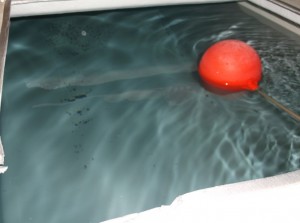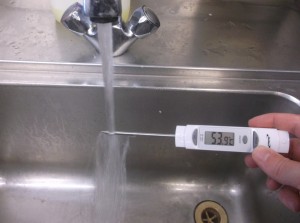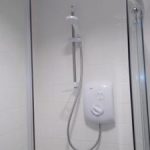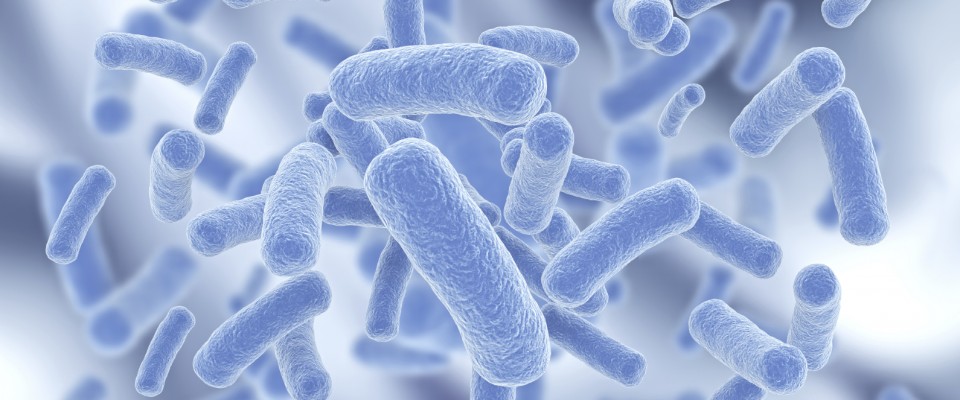Legionella Risk Assessments
Throughout Kent, London, Essex, Sussex and Surrey
Legionella Risk Assessments carried out in accordance with ACoP L8
An Introduction to Legionella
Legionellosis is the collective name given to the pneumonia-like illness caused by legionella bacteria. This includes the most serious legionnaires’ disease, as well as the similar but less serious conditions of Pontiac fever and Lochgoilhead fever. Legionnaires’ disease is a potentially fatal form of pneumonia and everyone is susceptible to infection. However, some people are at higher risk, including:
-
people over 45 years of age
-
smokers and heavy drinkers
-
people suffering from chronic respiratory or kidney disease
-
anyone with an impaired immune system
The bacterium Legionella pneumophila and related bacteria are common in natural water sources such as rivers, lakes and reservoirs, but usually in low numbers. They may also be found in purpose-built water systems such as cooling towers, evaporative condensers and whirlpool spas.
If conditions are favourable, the bacteria may grow increasing the risks of legionnaires’ disease. Therefore, it is important to control the risks by introducing measures outlined in Legionnaires’ disease – The Control of Legionella bacteria in water systems (L8).
Cleanair UK Legionella Risk Control Services
Annual Cold Water Storage Tank Cleaning 
Monthly Temperature Monitoring
3 Monthly Shower Head Descale
What you must do
-
Identify and assess sources of risk
-
Manage the risk
-
Prevent or control the risk
-
Keep records
If you are an employer, or someone in control of premises, including landlords, you must understand the health risks associated with legionella and why you must carry out a legionella risk assessment.
Duties under the Health and Safety at Work Act 1974 extend to risks from legionella bacteria, which may arise from work activities. The Management of Health and Safety at Work Regulations provide a broad framework for controlling health and safety at work and more specifically the Control of Substances Hazardous to Health Regulations 2002 (COSHH) provide a framework of duties designed to assess, prevent or control the risk from bacteria like Legionella and take suitable precautions.
Legionnaires’ disease: The control of Legionella bacteria in water systems (L8) contains practical guidance on how to manage and control the risks in your system.
As an employer, or a person in control of the premises, you are responsible for health and safety and need to take the right precautions to reduce the risks of exposure to legionella. You must understand how to:
-
identify and assess sources of risk
-
manage any risks
-
prevent or control any risks
-
keep the correct records
-
carry out any other duties you may have

